3 Essential Tips on How to Take a Good Real Estate Headshot
This article compiles great recommendations from the industry’s top photographers on how to take the best real estate headshot.
Our experts shared valuable insight on what to wear for a headshot session, how to pose for a real estate headshot, and what type of background is ideal when having your headshots taken individually or as a team.
Take a look at what the experts had to say to achieve a good real estate headshot that captures your brand and personality on point to effectively attract your target audience.
Expert survey: The Most Popular Headshot Styles
What is the most frequent style of headshots that agents order from you?
What to Wear for a Real Estate Headshot
Female Realtor Headshot Outfits
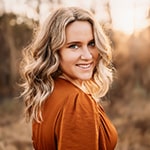
Layers! Layers add texture and interest to an image. Sort of like how throw pillows and blankets add interest to a staged living room.
Most of my clients are moving away from the stiff, cold, studio headshot and want to feel more approachable in their headshot.
If that’s you, I would recommend a sweater or jacket and maybe even add a light scarf if that’s your thing. Think early fall.
You want your potential clients to think “warm and cozy” when they look at your headshot. The same feeling they want to get about their new home.
I would also recommend that you stick to solid colors or very tame patterns. And don’t be afraid to veer away from basic black or white.
If you still want to wear dark colors, maybe throw a navy jacket over a soft patterned top. Adding color sets you apart.
 Photo by Leah Judway
Photo by Leah Judway

You will want to wear female realtor attire that is not only appropriate for your work environment but also makes you feel comfortable and confident in front of the camera.
You will also want to choose clothes that fit well with what you wear on a day-to-day basis so as not to look out of your comfort zone.
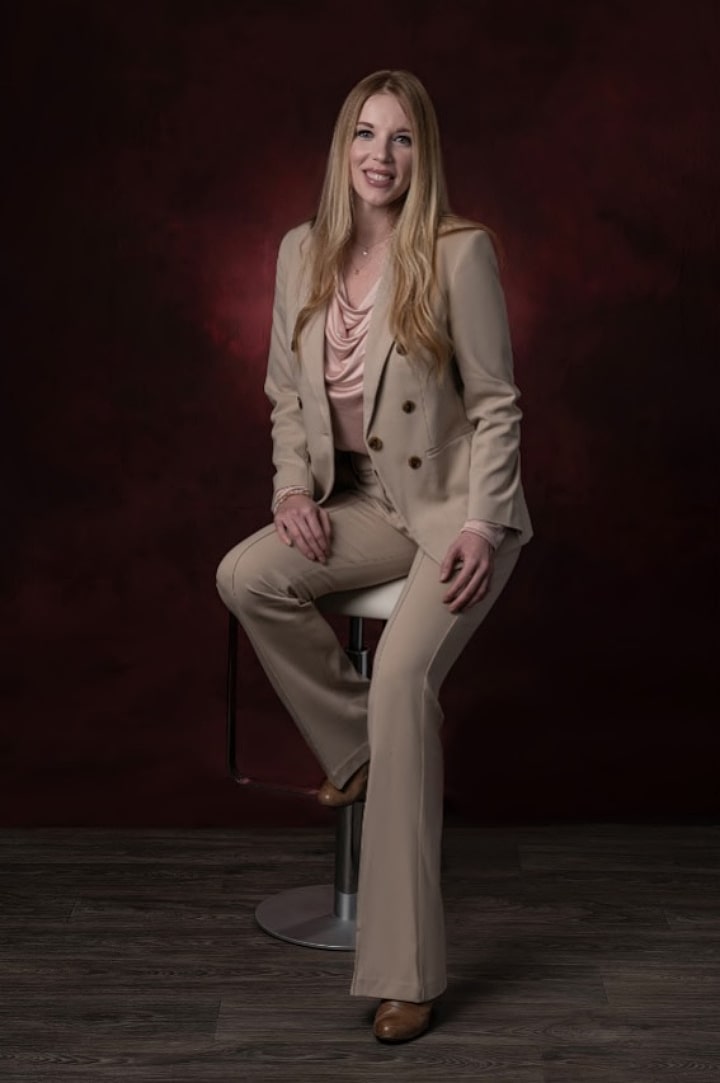 Photo by Suzanne Luttig
Photo by Suzanne Luttig
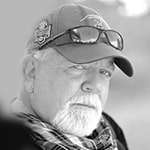
Depends on the image the client wants to project — business attire or casual.
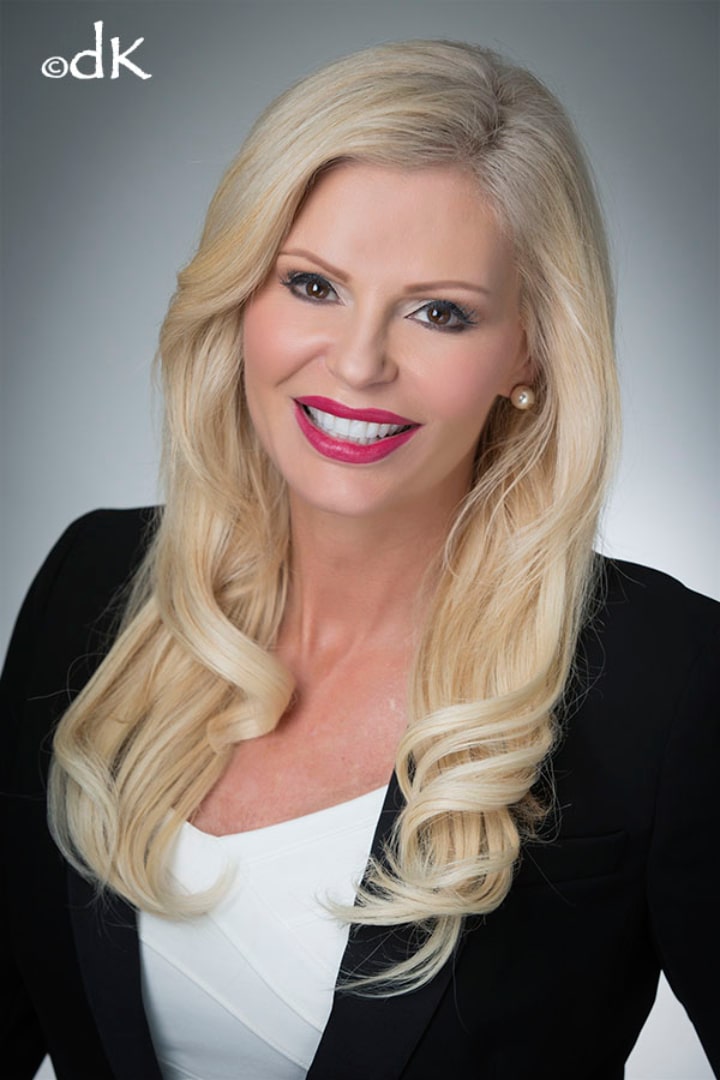 Photo by Dennis Keim
Photo by Dennis Keim

Like backgrounds, keep it simple. Nothing too busy that draws attention to what you are wearing versus connecting with you.
You’ll want to dress to the level that your ideal client would expect. Beyond that, some fairly obvious yet often ignored advice:
– Wear something you feel good in.
– Wear something that fits properly.
– Make sure it’s clean and pressed/wrinkle-free.
– Avoid printed logos (unless it’s your real estate team branding).

I would suggest a simple outfit with minimal patterns. Use pastels, not strong colors that will draw attention. Try to keep tones darker than skin tones without deep color.

That’s very similar to the approach I take overall, which is to learn about their style or brand. People like to cover all their bases so we might try casual and business attire.

Simple — you don’t want to be known as the “one that wore a huge broach” to the photo shoot. You want to be remembered because you had a face that people are drawn to.

What to wear for a realtor headshot would be smart casual to business attire.
Male Realtor Headshot Outfits

If the photo shoot is for a portrait, you need to be sure that the clothing doesn’t distract but rather complements the person’s face.
Unlike the fashion photo shoot that is all about the clothing, where the model is just there to make the clothing look good.
Solids are better than patterns. Each person will look best in one of the following necklines: V-neck, oval, or round.
Color choices can be tricky as well. Everyone will look good in aqua. The reason for this is that this color complements the skin best.
While different ethnic groups have different skin, the general rule is it is more about how light or dark the skin is than color differences.
However, the other factor is our eyes and hair color. Complementary and the same color are generally suitable for a person.
Complementary colors tend to make you pop more than the same colors.
The general rule which is often the most difficult to follow is always keeping it simple.
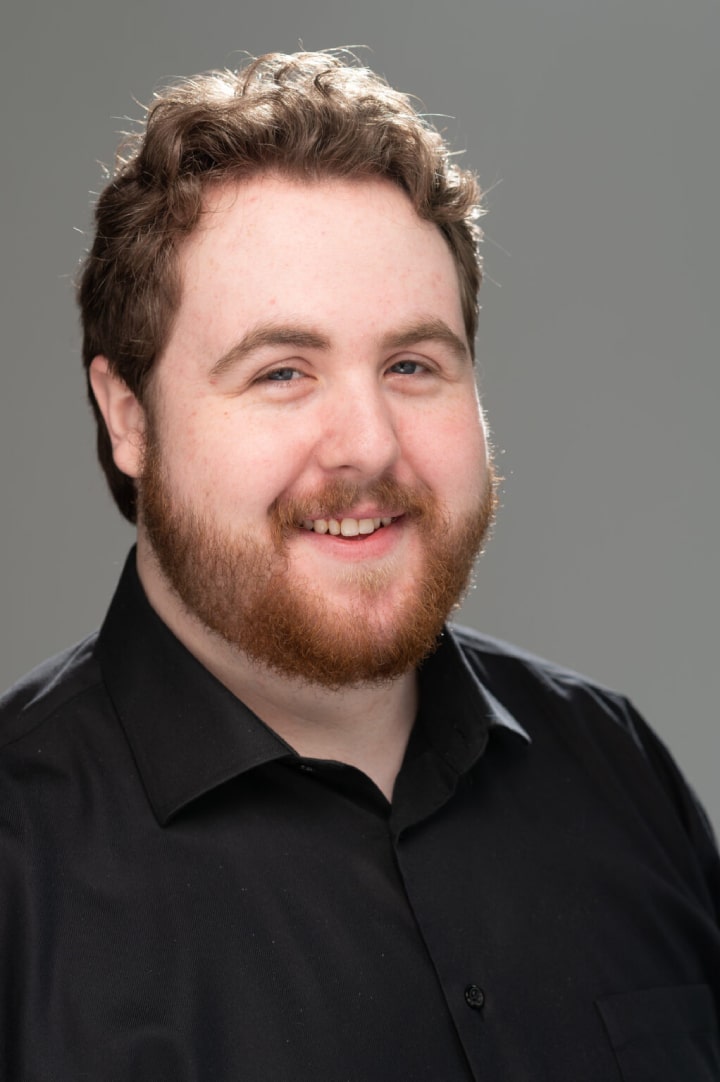 Photo by Stanley Leary
Photo by Stanley Leary

Some real estate brands have a traditional color that they use for suit jackets or sports coats. If not, we normally recommend a traditional suit color such as navy.
In hot environments, a lighter color (such as khaki) isn’t unusual. A key point to keep in mind is that you don’t want to wear any busy patterns but rather a more neutral solid color.
Ideally, your wardrobe should be enough to present a professional look but not to distract from your face. After all, the idea for a male realtor headshot is to make a (visual) connection to your potential client.
All the focus should be on your face and your expression — a friendly one that inspires trust and confidence.
A brighter accent color is fine, such as a tie for those who want to look that formal, but that’s very rare nowadays. “Business professional” is the norm now.
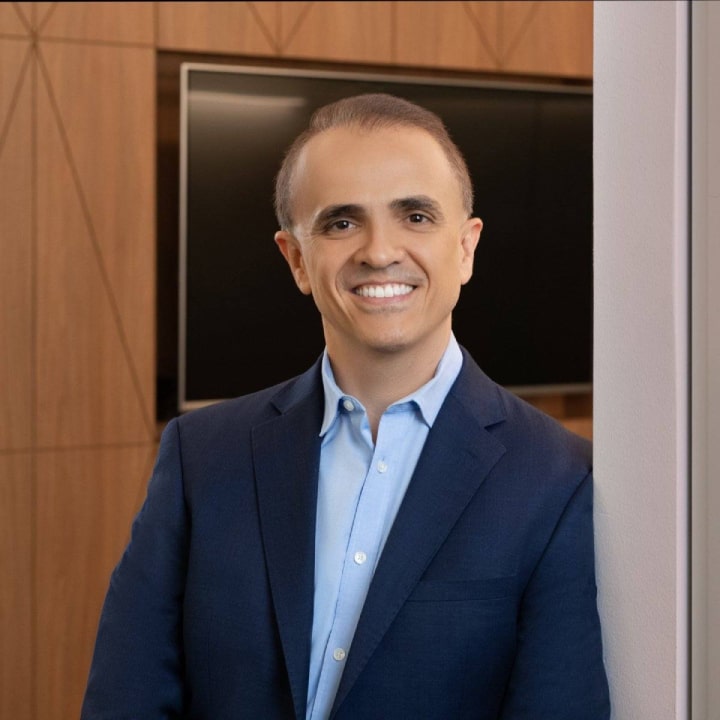 Photo by William Morton
Photo by William Morton

A good real estate headshot outfit would be something comfortable. Nothing too restrictive.
Most importantly, choose one or two outfits that as soon as you put them on, you can look in the mirror and say, “I like this. I look good.”
We all have a go-to outfit we feel good in, and the image will always represent you at your best.
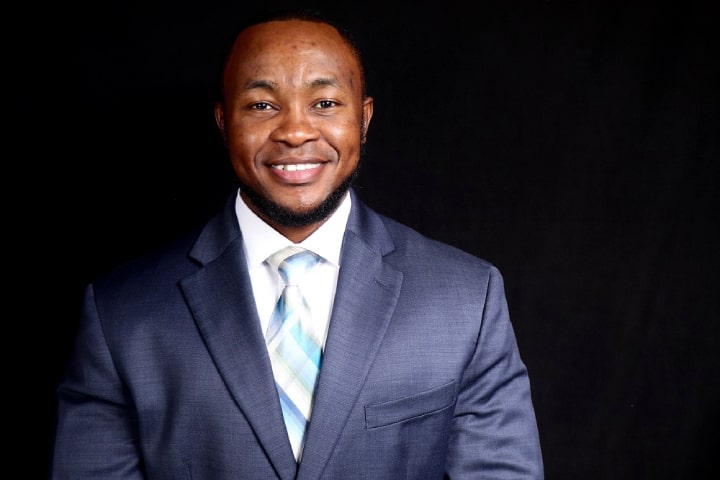 Photo by Randy Leyva
Photo by Randy Leyva

Business casual is usually best while totally avoiding patterns, logos, and multiple colors. A single, dominant color with only one additional neutral works well.
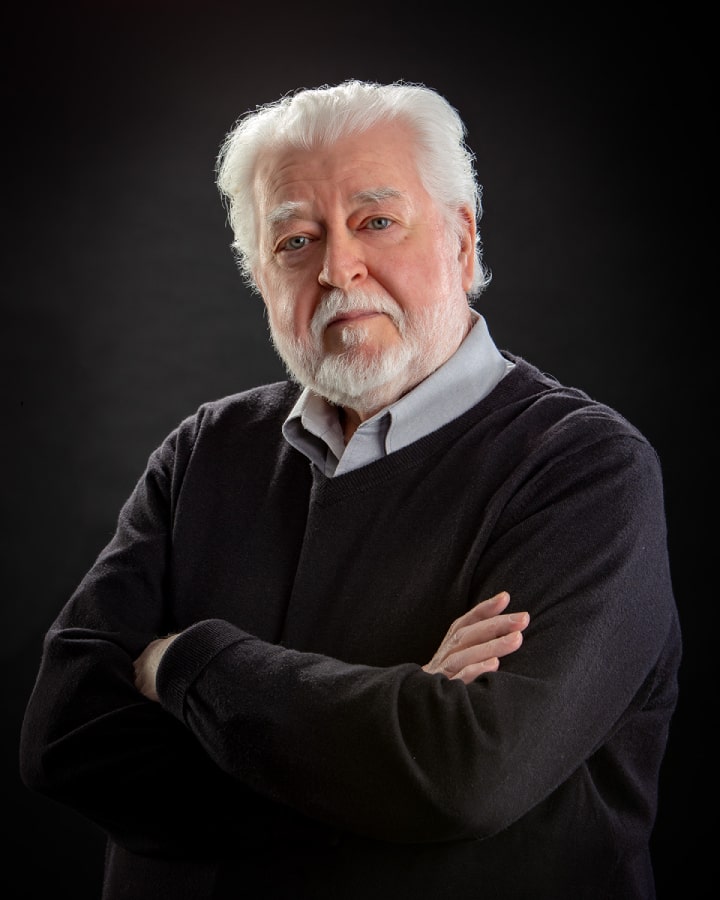 Photo by Mark Campbell
Photo by Mark Campbell

I always recommend selecting a base color and accenting it with colors that complement their complexion, or reflect the branding of their agency.
Many times the headshot is framed horizontally with room for text to be added later. This is important for any advertising images that may be designed throughout the next year or two.
Because styles and colors go in and out of style, it is important to update your headshot with an updated realtor attire every two or three years.

I discuss with real estate agents what they will be wearing and if that includes any company colors. If not, I usually suggest blue and white as standard colors to complement the gray background.

Nothing too formal, and be yourself. The bigger detail is what NOT to wear. Avoid loud bold colors or patterns. Try to stay somewhat neutral, or do muted colors with a splash of color.

Professional and welcoming male realtor attire. It’s not 1990, we don’t want our clients feeling uncomfortable in their clothing. This will lead to a photo that doesn’t feel genuine.
Realtor Headshot Poses

It’s important to choose a real estate headshot photographer with range when it comes to poses. Check out their online portfolio on their website to see all of the different poses that they do.
If there’s a bunch of headshots that look the same, that probably means that posing isn’t their strong suit.
If there’s a bunch of different looks to their headshots, that means that you will probably get posed in a variety of ways so that you will have a lot to choose from in your final gallery.
You want options. Be sure to communicate with your photographer that you would like to change it up from one shot to the other.
Arms folded with a full smile, one or two hands on hips with soft smile, head back with soft laughing smile, seated on, etc.
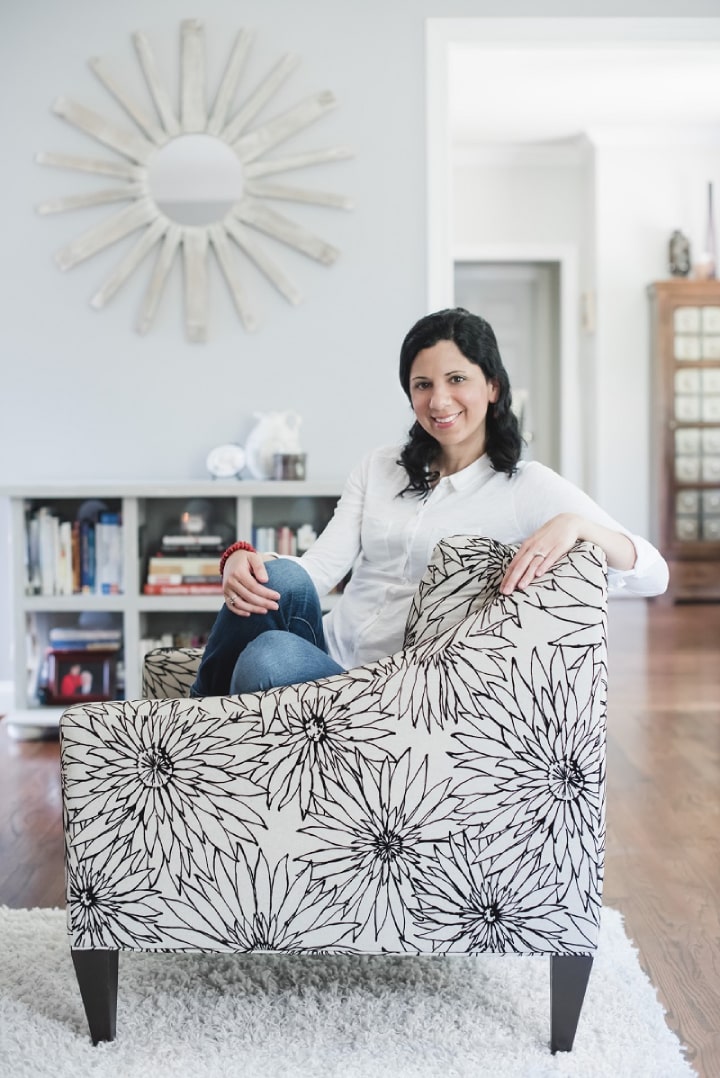 Photo by Leah Judway
Photo by Leah Judway

If you’re worried about your double chin showing, stick your neck out toward the camera like a turtle. That will stretch the neck skin tight while also slimming the cheeks a bit.
Additionally, standing with good posture rather than sitting will help flatten bulges for those of us carrying some extra weight.
Some people are self-conscious about their smiles, so I recommend having someone read a funny joke or anecdote to you right before the picture is taken. A smile made of laughter beats a smile made of plaster.
 Photo by Patrick Yeagle
Photo by Patrick Yeagle

Real estate headshot poses should always look natural — even if it is directed. If hands are visible, they should not be lighter than the face, nor should the back or palm of the hand be turned towards the camera.
If both hands are visible, they should be on different levels (this applies to ANYTHING that there are two of — including eyes!).
An arms-folded shot from a slightly higher angle will usually demonstrate confidence. For women, hands on hips can be effective as well.
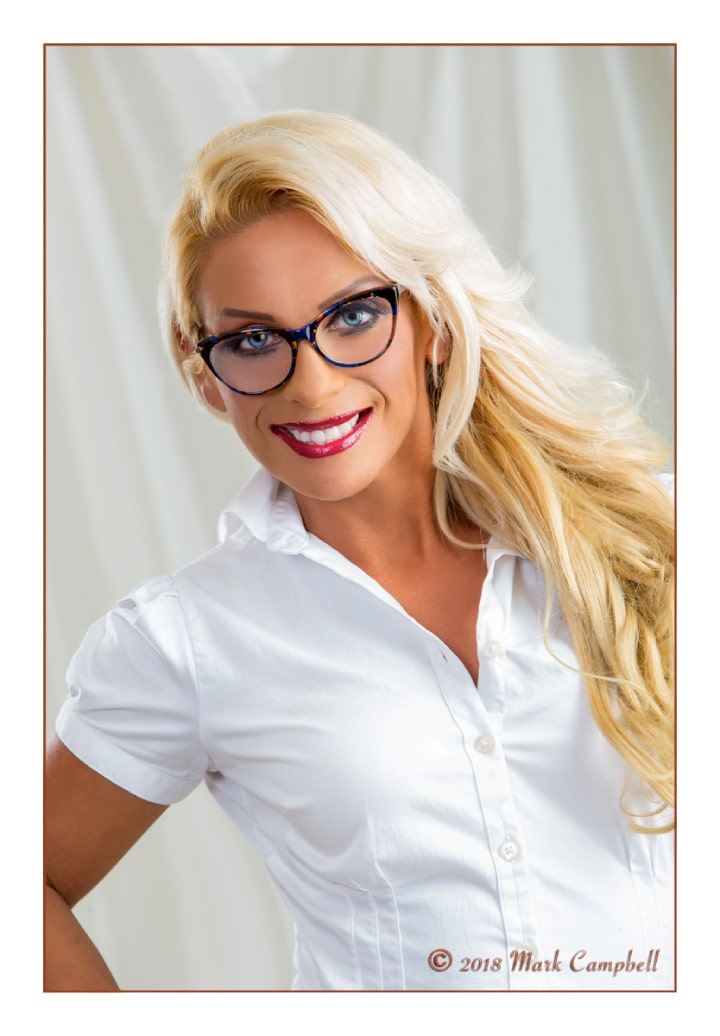 Photo by Mark Campbell
Photo by Mark Campbell

When it comes to posing, I prefer the agent to stand with a slight 3/4 angle instead of looking straight at the camera.
Arms and hands are optional, and I go for different looks so the agent has several options to choose from.
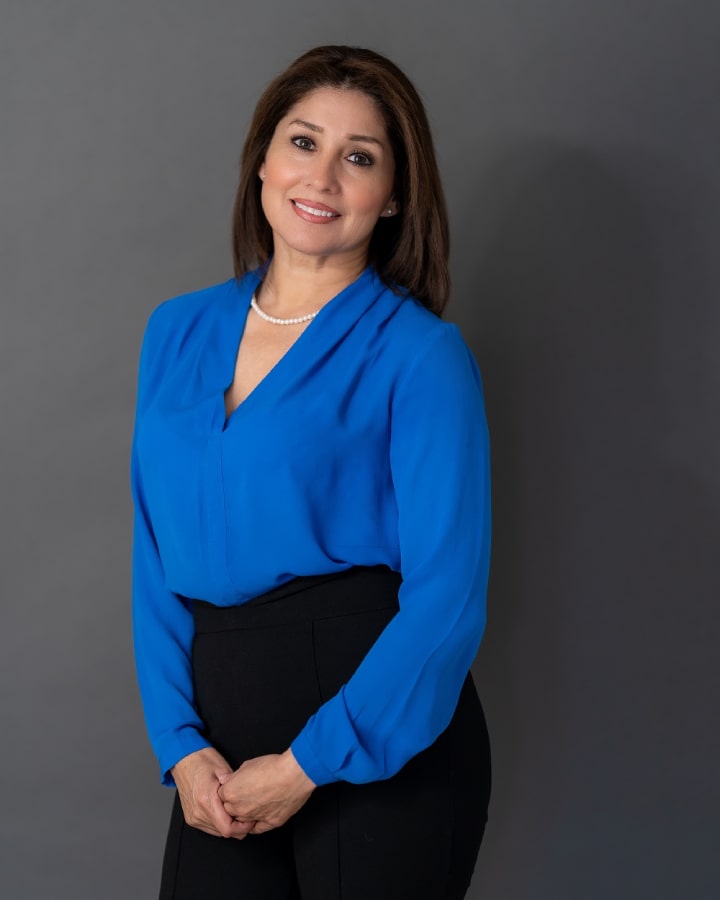 Photo by Auden B. Cabello
Photo by Auden B. Cabello

Their natural stance, right or left side, makes the look natural and not posed. I look for all my clients to be as natural as possible, and if that means we spend 5-10 min prepping, then great.
It also can be a nice icebreaker and can lead to laughing when doing so and again lead to natural not forced “school picture look.”
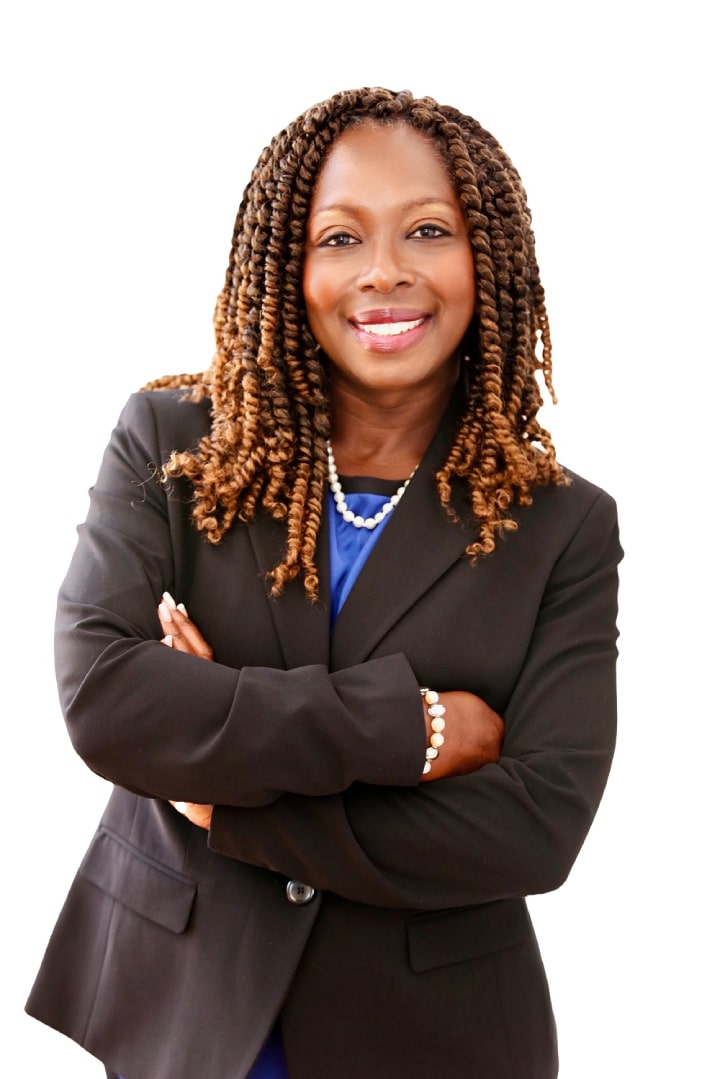 Photo by Randy Leyva
Photo by Randy Leyva

We always work on a variety of angles for our clients to see what they favor as their best side. We look for anything other than the dreaded drivers license pose.
So we’ll typically position the body at a 30- to 45-degree angle and then bring the face back towards the real estate photography camera.
 Photo by William Morton
Photo by William Morton

The perfect posture of sitting up straight looks quite formal. I think leaning towards the camera a little for business purposes looks more engaging.
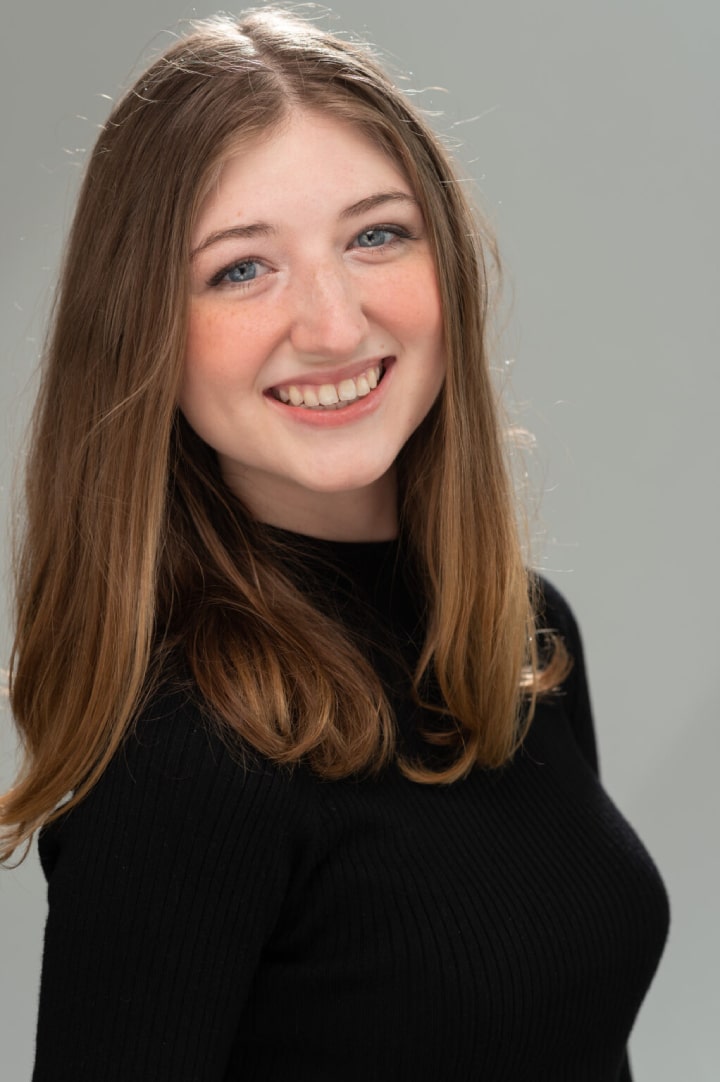 Photo by Stanley Leary
Photo by Stanley Leary

This is THE most important element of any headshot!
Your body language and facial expression will instantly set the viewers’ first impression of you and that can make the difference between them working with you or choosing someone else.
This is where a professional photographer, skilled in the art of business headshots, is your best friend!
How do you know if they are skilled in this art? Review their headshot portfolio.
If you get a negative impression of 20% or more of the headshots in their portfolio, keep looking for another photographer.
A good headshot photographer will coach and direct you into poses and facial expressions that visually communicate genuineness (the real you), trustworthiness, approachability, and confidence.
A good headshot photographer will also steer clear of camera anxiety and forced/fake looking expressions that communicate you are not sure of something.
They will also direct your head angles and body positions into poses that have the best chance of being perceived in the most positive way.

Most solo or real estate team headshots are done standing up because most people have better posture and, post-COVID, fewer surfaces to clean up.
Even though it is just a headshot, I always start posing with their feet, which affects their posture and balance.
Women can tilt their heads forward or back a bit; however, men should usually only tilt their heads forward.
To help focus more on the client, I tend to have them lean towards the camera slightly, making the shoulders slimmer and more flattering.
Lastly, hands may or may not be in the headshot. Several poses, especially for women, make hands look natural without being distracting or unnaturally large.

To take a good professional headshot, one must have experience with posing the subject.
Typically the subject would be sitting with the body turned to one side and the head turned back to the camera.
I would tilt the head slightly or make it straight vertically depending on the desired response the client is looking for, i.e., friendly, serious, trusting, etc.
A nice natural smile with eyes open wide and he has a great opportunity for a wonderful portrait.

There are classic approaches to posing and I usually go there. My favorite thing to do is to spend a little time setting up (and chatting) and watching them.
Everyone has their own way of standing or sitting naturally. They don’t always pay attention to how they naturally stand, but I try to get them back to that place.
Often, posing is a process that requires taking pictures and looking at my tether laptop until I see we’re on the right track.
I try to avoid repetitive photography (or poses). I usually start with a subject standing straight on, the way they walk onto the set, and then we take it from there.

We start the session by positioning you on your left side of the face, then on the right. Usually, everyone has a better side. We find that side and focus on it.
We keep our photos simple. Complex poses feel unnatural. For headshots, we aren’t seeing the rest of your body, so it doesn’t really matter a pose.
For full-length portraits, we want to find something for the hands to do, etc. So hands in pockets, cross arms, etc.

Posing depends on the usage and the individual. Using different methods of posing can translate to a more aggressive “hero” type of posture or casual.
For a creative realtor headshot, I would suggest high to low camera angle, positioning the subject left to right to capture the most flattering view.

Use angles to your advantage. Angle the person so one foot is behind the other. Or if sitting, have them sit so their shoulders are angled from the camera’s point of view.
If you want the subject to appear commanding, shoot from slightly below the eye line of the subject.

Most headshots should not be too creative.
Lighting needs to be simple à la Rembrandt, as the purpose is to convey a friendly, knowledgeable feeling to make the viewer want to meet you. Don’t get too tricky.

Depends on their body style and lighting. If we are shooting an outdoor real estate headshot in a natural environment, I tend to use backlight to frame the subject.
I play to the client’s strengths when it comes to poses.

I want the subject to look comfortable — slightly leaning towards me and interested in me. You just want them to look and feel comfortable.
Real Estate Headshot Background

From our experience, a clean white background is the most popular and the most versatile.
The white background makes extraction (or “knockouts”) much easier, so that the headshot can be placed in any marketing materials, from business cards to bus stop benches.
The clean white background also looks great on websites, since more websites use white backgrounds as well.
Bright white fits well with a brightly illuminated headshot portrait, and is often associated with a modern and contemporary style.
The traditional or old-school portrait is very dated and doesn’t seem as friendly and welcoming.
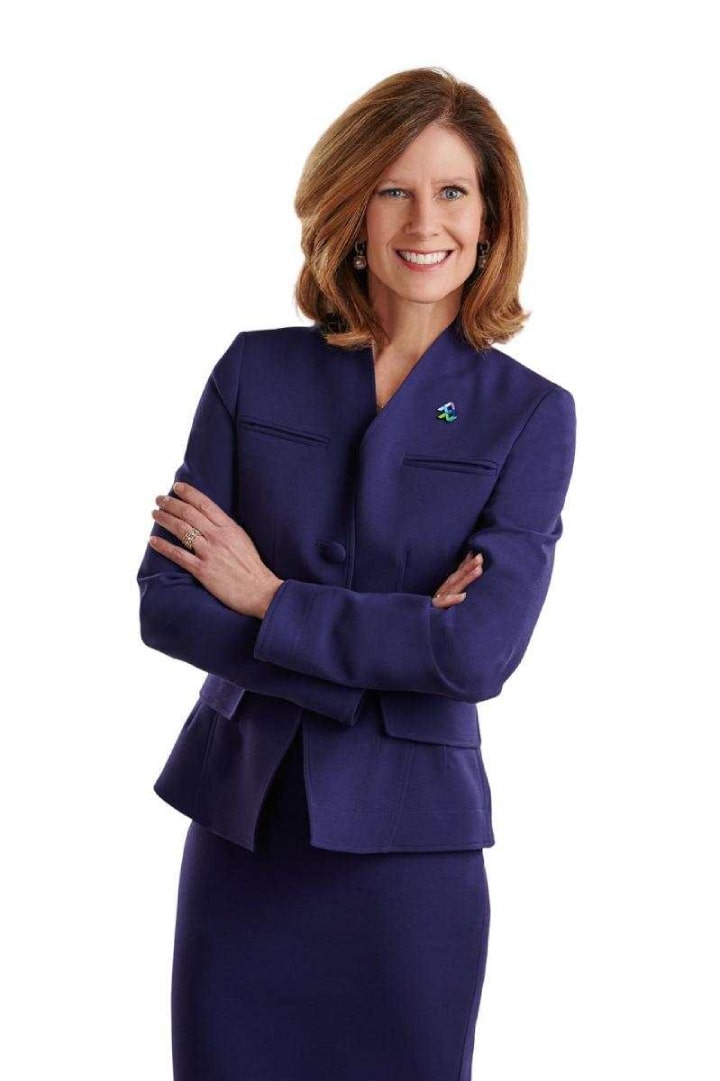 Photo by William Morton
Photo by William Morton

To choose a background for a real estate headshot, I discuss with the agent the style and look they are needing.
I’ll take into consideration whether they want the photo indoors or outdoors. I also consider whether they will be wearing any real estate company colors.
For the most part, agents seek a professional styled look and that’s when I go with my standard gray background.
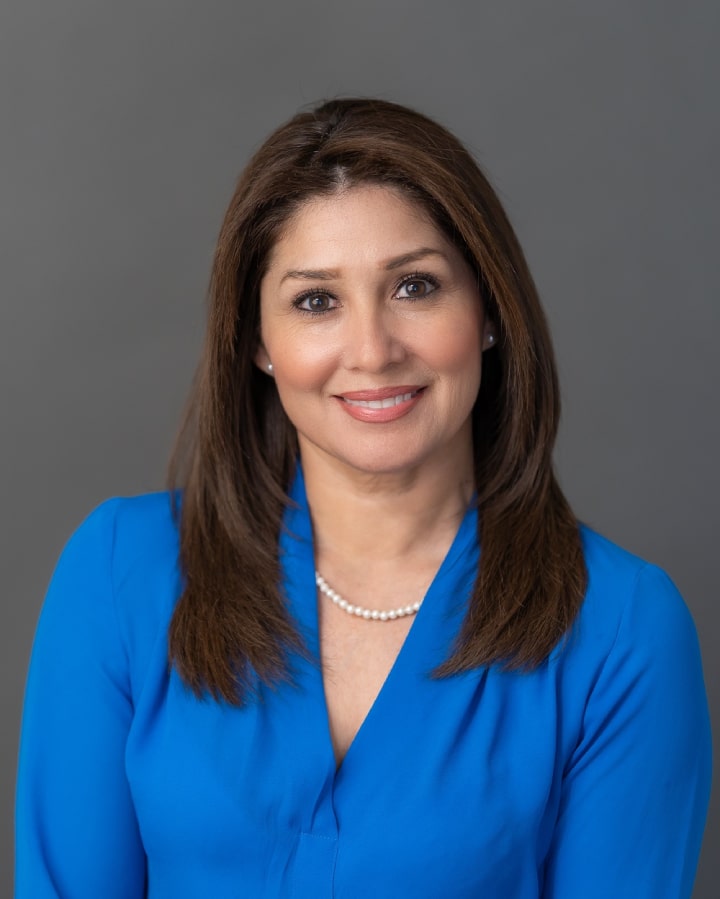 Photo by Auden B. Cabello
Photo by Auden B. Cabello

I believe that it’s important to feature the city or town that you work in.
The background of your headshot should act as a sort of résumé of what you do and where you sell, as well as appeal to your target demographic.
For example, shooting your headshot on a tree-lined street with big, beautiful homes behind you creates a narrative for your potential clients that you can help them live there.
Your headshot shouldn’t just show what you look like. It can also sell a specific way of life that only you can offer.
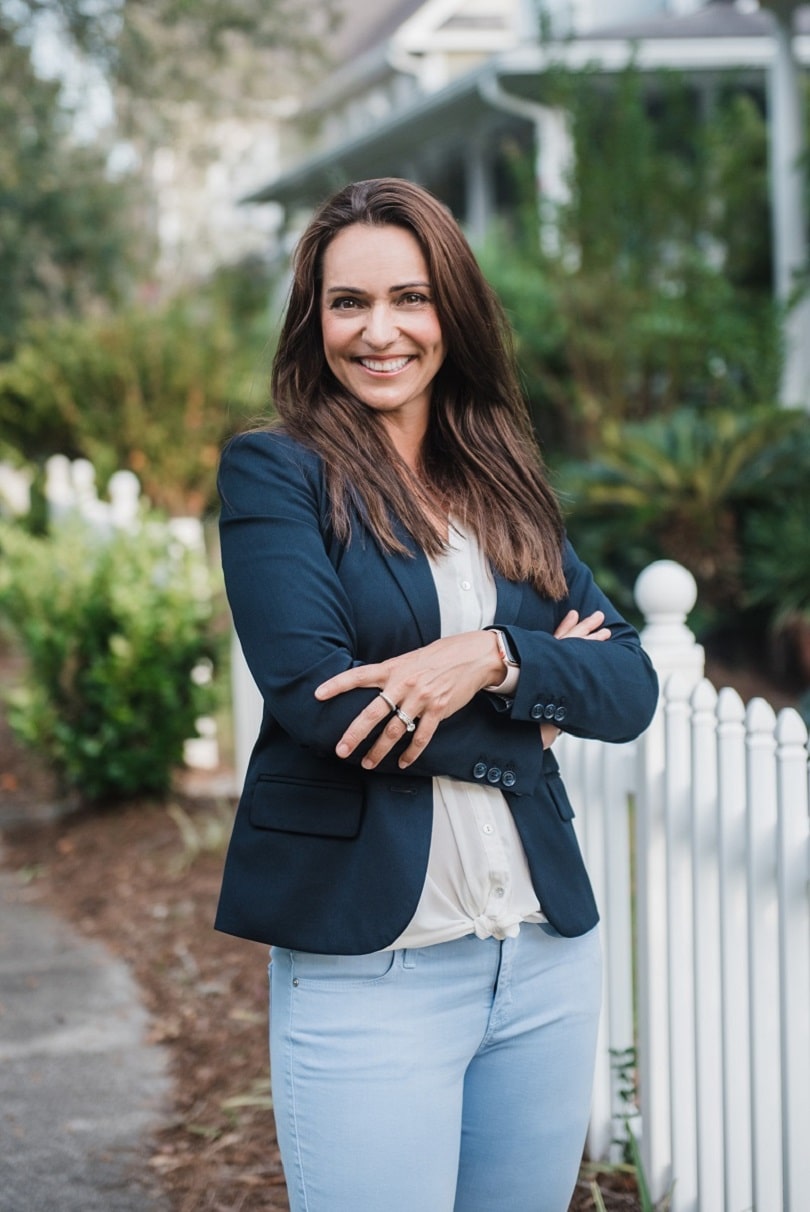 Photo by Leah Judway
Photo by Leah Judway

Typically you will want to incorporate some interesting architectural elements in the background to visually illustrate the industry that you work in.
Shooting against a plain backdrop doesn’t really convey very much information or tell much of a story.
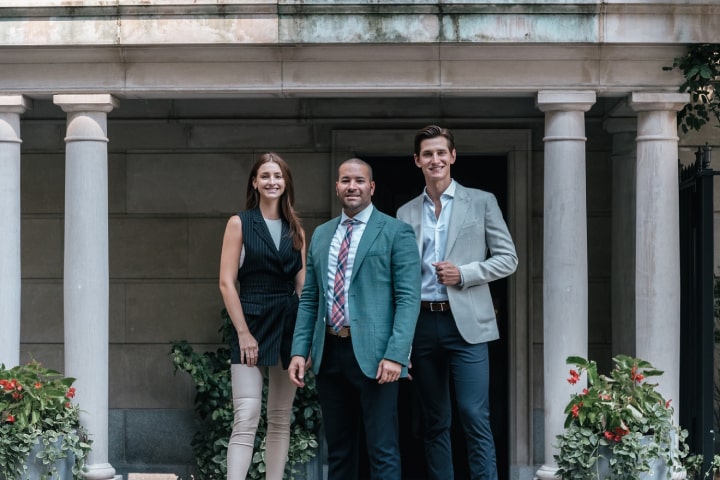 Photo by Jinnifer Douglass
Photo by Jinnifer Douglass

One thing is for sure: simple plain backgrounds will keep the attention on you. I think the white background works better in the LinkedIn circle.
My second choice is a light color. Solid colors like blue also work. This color works well for websites and social media.
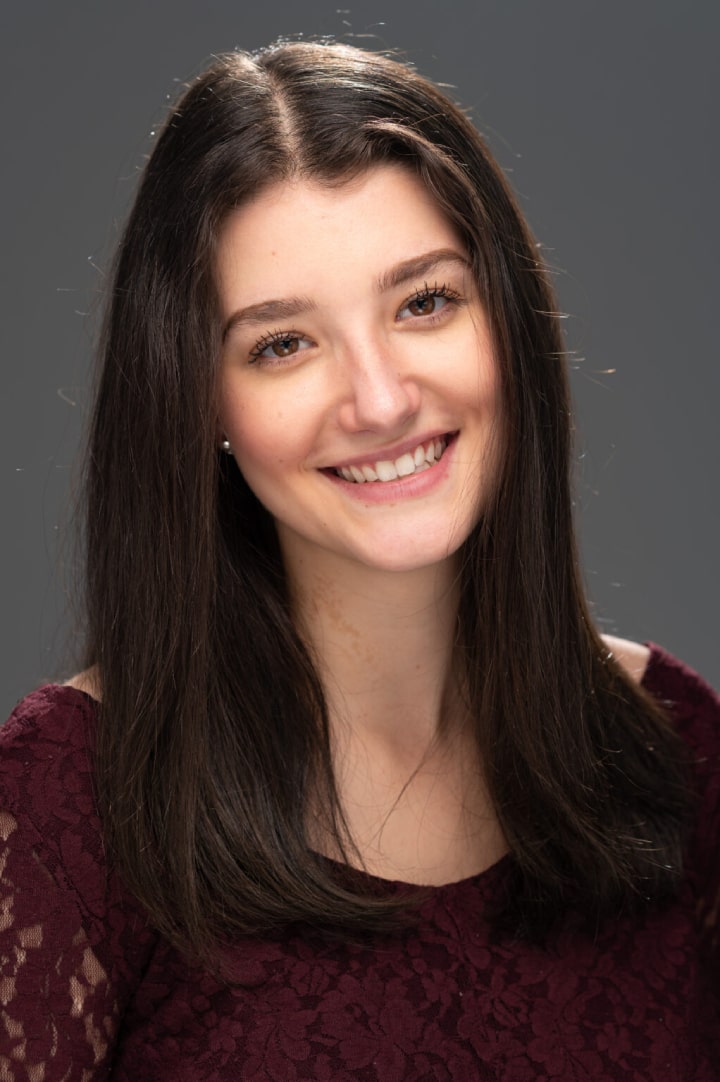 Photo by Stanley Leary
Photo by Stanley Leary

I ask what clothing color they will be wearing and if it is business casual or professional attire. Then I discuss with them the colors preferable and if an outdoor setting would be better for them.
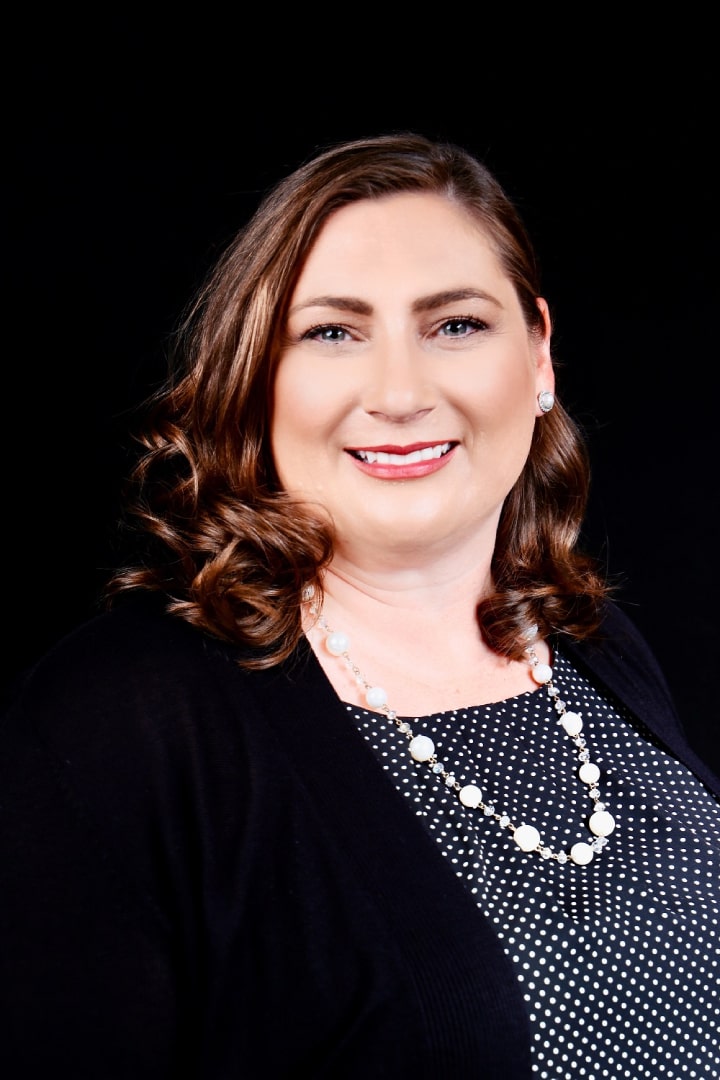 Photo by Randy Leyva
Photo by Randy Leyva

Collaborate with the client to understand goals and determine the most appropriate location, whether indoor or outdoor.
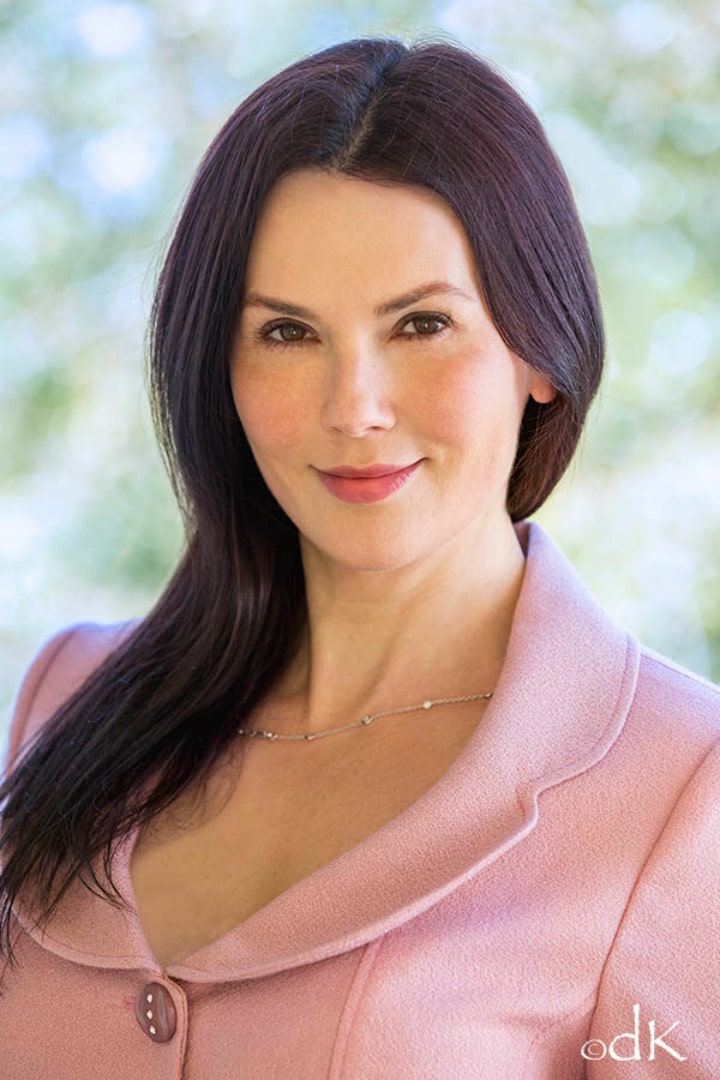 Photo by Dennis Keim
Photo by Dennis Keim

Hang a neutral colored sheet behind you (or use a white wall, if available).
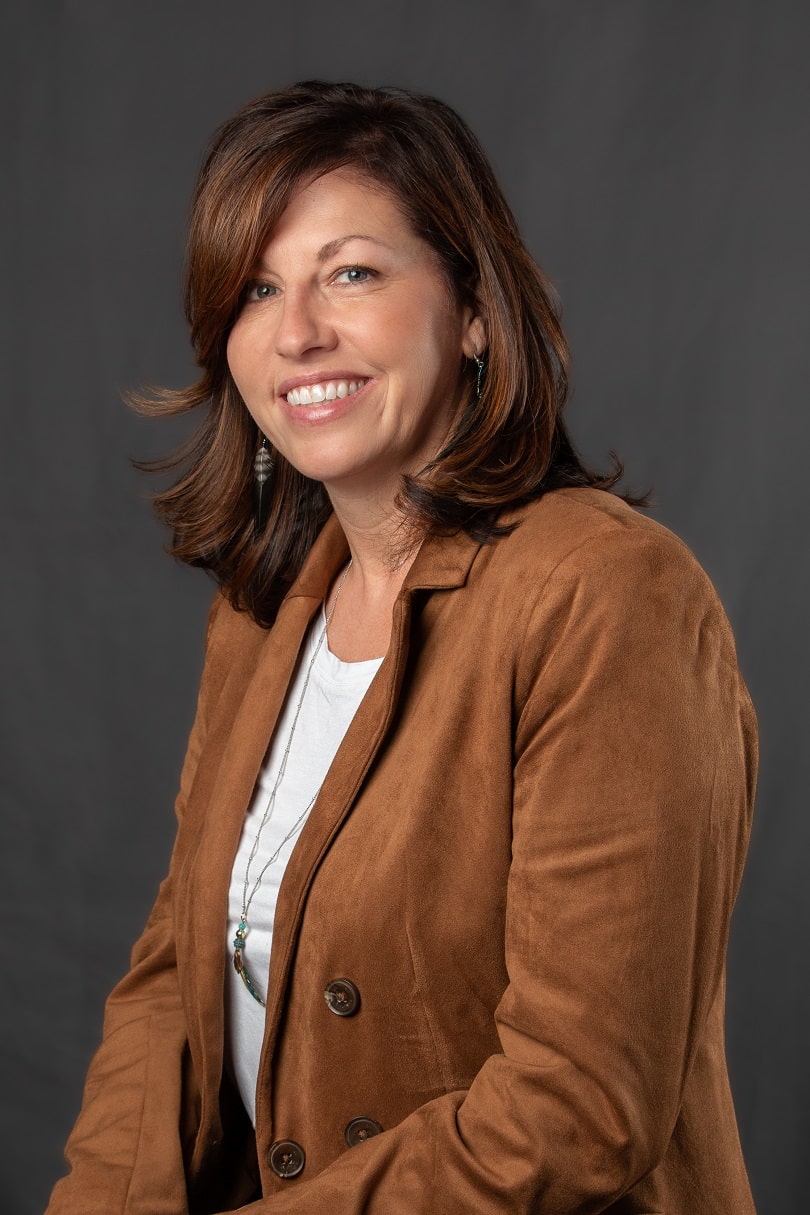 Photo by Patrick Yeagle
Photo by Patrick Yeagle

Backgrounds are important but at a secondary level.
The best, most appropriate background will not help you if your body language and/or facial expression gives any hint to the viewer (consciously or subconsciously) of anything negative.
That said, your background should be simple (not too detailed), so it does not compete with you.
If viewers are wondering where the headshot was taken, that distraction takes away from your best first impression.
For studio headshots, I prefer a solid color for its simplicity, maybe with a slight gradation. Gray is always a good, modern, option.
For environmental/lifestyle headshots, less is more for a background, and out of focus is better.
If you sell high-end homes and your luxury realtor headshots are inside one, having the background be out of focus enough, so the viewer can tell it’s high end without getting distracted by being able to recognize branded furnishings.
This lets them subconsciously assume their favorite brands without any chance of identifying a brand they dislike and leaving a negative impression.
Likewise, if you’re an outdoor enthusiast and your client base tends to share your passion, a headshot of you in the outdoors could be a good option, provided it says “outdoors” without getting specific.
You don’t want them trying to guess where you are and not be focusing on you.

My approach is the same as dealing with any other portrait. I spend some time in conversation, usually over the phone with a client.
Some subjects have a strong idea of what they’d like. I generally follow their lead. We talk about the kind of person they are, formal or casual.
The kinds of property they deal in can be put into the mix. Often we have a conversation about their perceived brand and how we can show that in the photo.
If they’re still not sure, I asked them to find headshots online they really like to show me.

A clean background that doesn’t distract from the client is preferred, usually white, gray, blue, or black. It’s important to think beyond a headshot for a website, business cards, social media, etc.
The selection of the color may depend on the brand colors of their specific agency so there is a uniform brand across all advertising and on their website and social media accounts.
Many times when I’m doing a branding session, a pop-up background is used for headshots and then branding portraits using various rooms in a model home.

Make it simple and not distracting, either by choice or throw it out of focus.
Usually an office or conference room will work, keeping in mind that you may need to drop the focus back if it is too busy.
The iPhone will do this for you in the portrait setting. Standing at an angle with hands on the back of an executive chair. Subject needs to be comfortable, so discuss with them.

In addition to the tone and composition, make sure that you are eliminating or reducing background noise (trees, buildings, etc.) on headshots.
But keeping them on profiles makes it more likely that they will be used by the agent(s).
When they use your work, you know it’s met their standards!

We give our clients suggestions on how they want the background to look. Do you want it light and bright, or dark and moody? Do you want clean color or some texture?
We also explain to our clients that depending on how the photo will be used (i.e., on a white website, etc.), that also might determine what background is best for the photos.

Everything, including the background, is kept simple. Your face is your branding and in these times, sometimes the first and only time they meet you is with a photograph.
I want your face to be most important — engaging and professional — something that people are drawn to.

I usually like to have a chat session with my client and ask about their personality and their style.
This will usually help when trying to come up with a plan for what type of background will work best. Most times, you want to avoid anything too busy and loud.

Place the subject in front of a color-coordinated backdrop, logo, or specific background in a manner that the background does not distract from the subject but (if the background is important) not completely intelligible.

Background must NEVER compete with the subject. In addition to being non-distracting, it should contrast with your subject in tonality to make the face the most prominent element of the photo.

Depending on the usage intended, backgrounds can be seamless backdrops or environmental selective focus on one location or exterior.
To know how much to pay for real estate headshots, read our A-to-Z Real Estate Headshots Pricing Guide.
___
If you too want to contribute your expert advice on a topic of your expertise, feel free to apply to our Expert Contributor Program.
